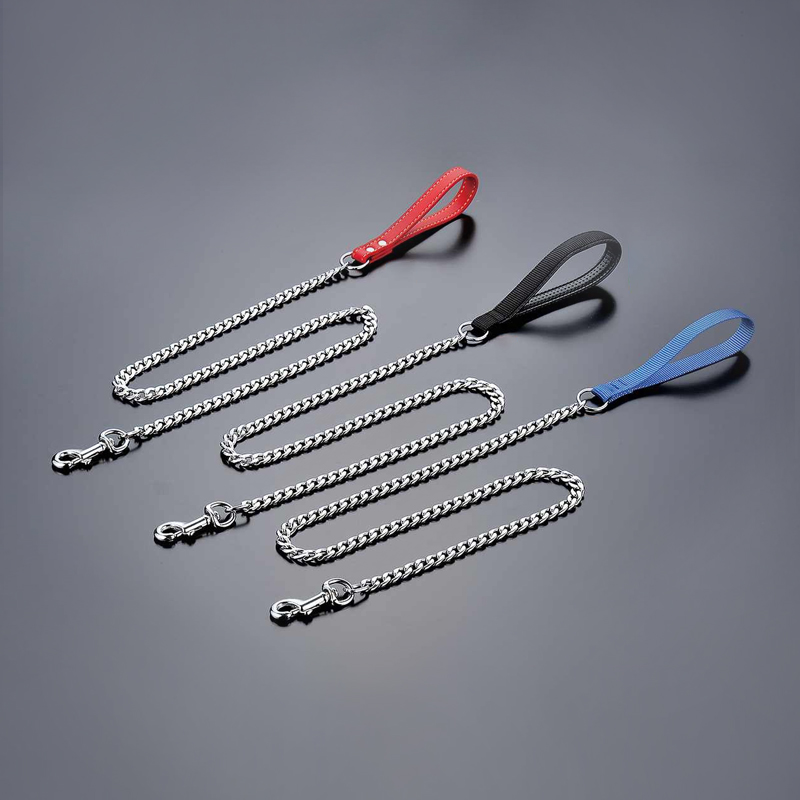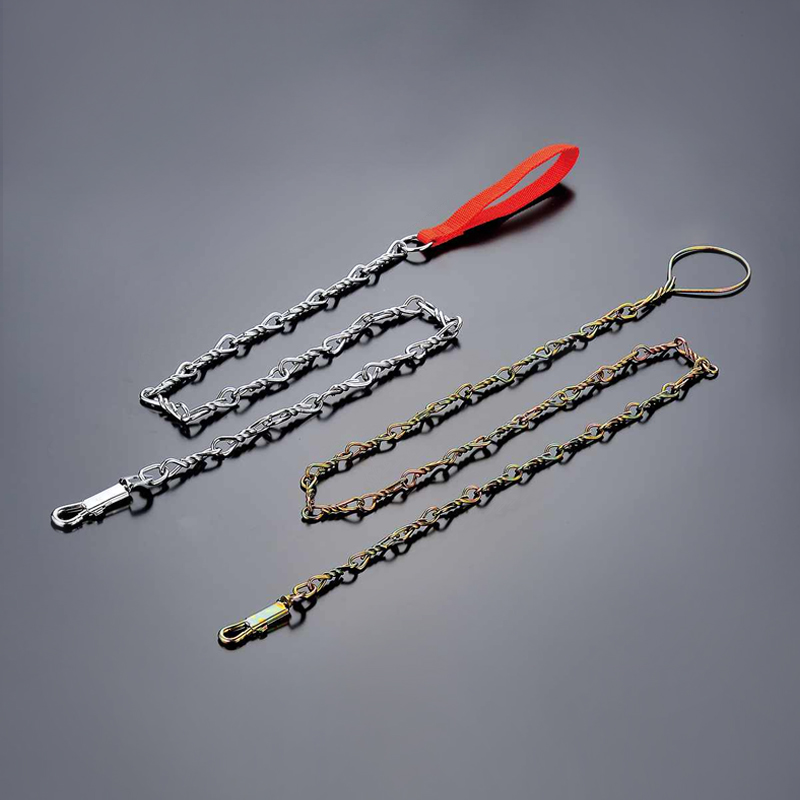2025-04-11
![]() Industry News
Industry News
 2025-04-11
2025-04-11
The pet accessory market is witnessing rapid evolution, and nowhere is this more evident than in the pet dog leash segment. New trends in design, sustainability, and technology are revolutionizing a market that has become increasingly competitive. With pet ownership on the rise, companies are racing to produce leashes that cater not only to style and durability but also address animal welfare and environmental concerns.
Recent advances have brought about a new era for pet dog leashes that merge cutting-edge materials with ergonomic design improvements. Manufacturers have shifted away from conventional nylon and leather towards more sustainable options. Innovations include bio-based polymers and recycled materials that maintain or even enhance the durability of the leash. Industry experts note that these eco-friendly materials are fast becoming a significant selling point, appealing to consumers who are not only concerned about their pet’s comfort but also about reducing their environmental footprint.
One of the standout trends is the integration of smart technology into pet leashes. Companies are now embedding sensors and GPS trackers to offer a suite of features that provide real-time location updates and activity monitoring. These smart leashes connect to mobile applications, allowing pet owners to set virtual boundaries and receive alerts if their pet wanders off. This innovation has been welcomed by urban pet owners who face challenges such as busy traffic and limited open spaces, ensuring that walks are not just recreational but also safe adventures.

Safety remains a paramount concern in the development of pet dog leashes. Designers are dedicating substantial research to ergonomics and strength testing. The latest models boast reinforced stitching, shock-absorbing materials, and anti-pull technology which help in reducing the strain on both the dog and the owner’s hands. These improvements are particularly beneficial for larger breeds and high-energy dogs, where traditional leashes can sometimes fail under pressure. “We are seeing a concerted effort across the industry to combine aesthetic appeal with functionality,” explains a spokesperson for one of the pet accessory brands. “Our goal is to provide products that support pet health and safety while also being environmentally responsible.”
As sustainability takes a front seat, many of the companies in the pet accessory space are rethinking their production processes. Companies are shifting towards using renewable energy in their manufacturing plants, and some are adopting circular economy principles by offering product recycling programs. These initiatives not only reduce waste but also help build stronger brand loyalty among eco-conscious consumers. Industry analysts believe that the move toward greener production methods could soon become the industry norm. “Consumers today are more informed than ever and demand transparency and responsibility from the brands they support,” adds the industry expert.
The commercial landscape is also seeing an increased interest from retail giants and e-commerce platforms, which are expanding their pet accessory sections to highlight these advanced pet dog leashes. Several high-profile partnerships have emerged between technology companies and traditional leash manufacturers to develop smart, connected pet products. This collaboration signals a broader trend of tech integration in everyday pet accessories. New industry reports suggest that the market segment for smart pet products is expected to grow by double digits in the next few years, cementing the role of technology as a critical driver in the pet accessory market.
Furthermore, customization options are becoming increasingly popular. Consumers are given more choices than ever when it comes to selecting a leash that matches their pet’s personality, size, and the owner’s style. Brands now offer a wide spectrum of colors, patterns, and even personalized engravings that allow for a bespoke experience. Such customizations not only differentiate products in a saturated market but also enhance the personal connection between pet and owner.
Behind these trends lies a robust research and development infrastructure. Companies are investing heavily in understanding the biomechanics of dog movement and the ergonomic needs of various breeds. This multidisciplinary approach is a testament to the industry’s commitment to innovation and consumer care. Experts have noted that by integrating insights from veterinarians, engineers, and materials scientists, the current designs are far more sophisticated than those just a few years ago.
![]() HOT PRODUCT
HOT PRODUCT





